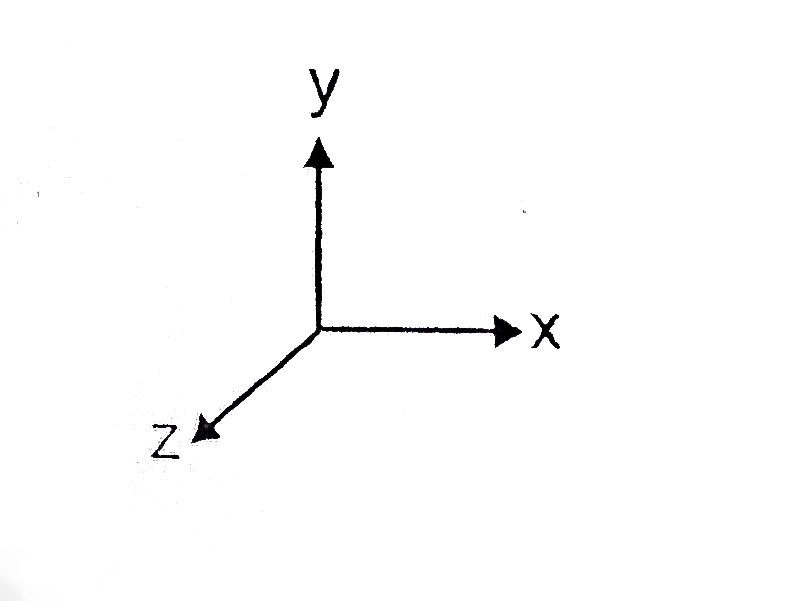→P+→Q is a unit vector along x-axis. If →P=ˆi−ˆj+ˆk, then what is →Q?
ˆi+ˆj−ˆk
ˆj−ˆk
ˆi+ˆj+ˆk
ˆj+ˆk
The correct Answer is:B
To solve the problem step by step, we need to find the vector →Q given that →P+→Q is a unit vector along the x-axis and that →P=^i−^j+^k.
Step 1: Understand the given information
We know that:
- →P+→Q is a unit vector along the x-axis.
- A unit vector along the x-axis can be represented as ^i.
- →P=^i−^j+^k.
Step 2: Set up the equation
From the information given, we can write the equation:
→P+→Q=^i
Substituting →P into the equation gives:
(^i−^j+^k)+→Q=^i
Step 3: Rearranging the equation
To isolate →Q, we can rearrange the equation:
→Q=^i−(^i−^j+^k)
Step 4: Simplifying the expression
Now, simplify the right-hand side:
→Q=^i−^i+^j−^k
This simplifies to:
→Q=^j−^k
Conclusion
Thus, the vector →Q is:
→Q=^j−^k
We know that:
- →P+→Q is a unit vector along the x-axis.
- A unit vector along the x-axis can be represented as ^i.
- →P=^i−^j+^k.
From the information given, we can write the equation:
→P+→Q=^i
Substituting →P into the equation gives:
(^i−^j+^k)+→Q=^i
To isolate →Q, we can rearrange the equation:
→Q=^i−(^i−^j+^k)
Now, simplify the right-hand side:
→Q=^i−^i+^j−^k
This simplifies to:
→Q=^j−^k
Thus, the vector →Q is:
→Q=^j−^k
Topper's Solved these Questions
Similar Questions
Knowledge Check
If →a=ˆi+ˆj+ˆk,→a.→b=1 and →a×→b=ˆj−ˆk, then the vector →b is
Aˆi−ˆj+ˆkB2ˆi−ˆkC2ˆiDˆiIf →a.ˆi=→a.(ˆi+ˆj)=→a.(ˆi+ˆj+ˆk)=1, then →a is equal to
A→0BˆiCˆjDˆi+ˆj+ˆkThe number of unit vectors perpendicular to the vector →a=2ˆi+ˆj+2ˆk and →b=ˆj+ˆk is
AoneBtwoCthreeDinfinite
Find a unit vector perpendicular to each of the vectors →a+→band→a−→b where →a=3ˆi+2ˆj+2ˆk and →b=ˆi+2ˆj−2ˆk .
View SolutionPosition vector →A is 2ˆi
Position vector −→B0 is 3ˆj
ˆi,ˆj,ˆk are along the shown x,y, and z is

Geometrical representation of →A is
View SolutionFind the projection of the vector →P=2ˆi−3ˆj+6ˆk on the vector →Q=ˆi+2ˆj+2ˆk
View SolutionShow that the two vectors →Aand→B are parallel , where →A=ˆi+2ˆj+ˆkand→B=3ˆi+6ˆj+3ˆk
View SolutionIf →P=ˆi+ˆj−ˆk and →Q=ˆi−ˆj+ˆk, then unit vector along (→P−→Q) is :
View Solution
